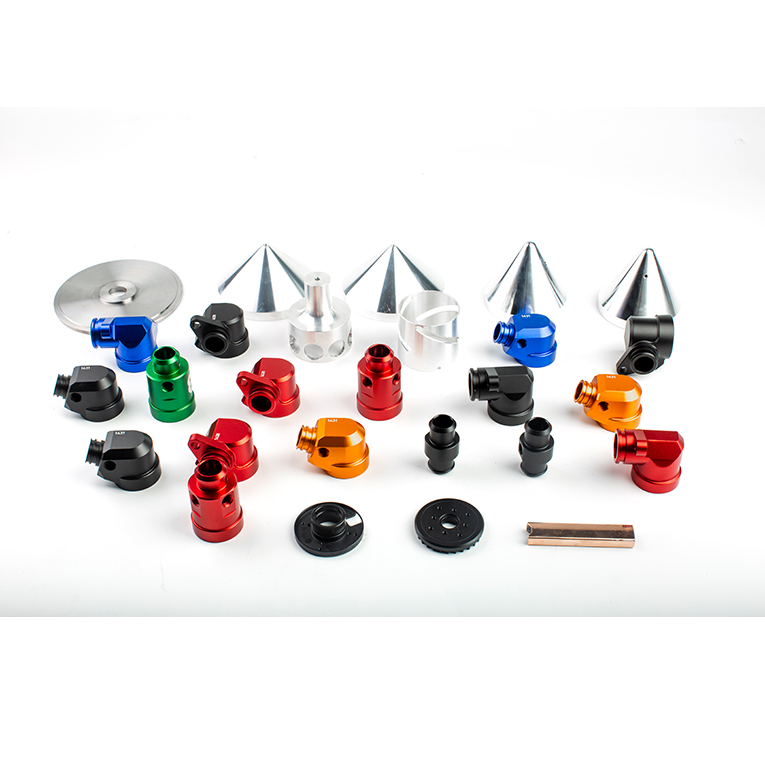
1. Machining industry
The main pain points of production management in the machining industry include:
Poor production planning:
(1) The sales delivery time is inaccurate. When the production plan is scheduled, some have exceeded the order delivery time, and some have been unable to meet the production cycle.
(2) The production cycle cannot be counted, and the production schedule is currently based on human experience, and there are errors in judgment, resulting in abnormal plans.
(3) The accuracy of the BOM is low. The BOM is established in the planning and material control department, and the drawings are designed in the engineering department and the R&D department respectively. They are not done by the same person. There will be deviations between the drawings and the BOM, and frequent changes will occur, resulting in abnormal plans.
Lack of real-time control in the workshop:
(1) There is no process flow or standardized operation on the workshop site, and it mainly depends on the experience of the workers.
(2) The processing procedures in the manufacturing workshop are formulated by the workshop director and filled in manually on the process card. They are all based on the experience of the workers. The real-time situation of the workshop cannot be viewed, and the production time and standard production capacity of the intermediate processes cannot be controlled.
There are many documents on the workshop site:
(1)Production tasks, parts drawings, assembly drawings, process cards, technical notices, production progress information, and quality information are generally transmitted through manual statistics and paper documents, resulting in untimely handling of exceptions after information feedback, etc.
Lack of equipment spare parts control:
(1) The equipment department cannot see the spare parts inventory data, and every time it informs the purchase of new purchases, resulting in a backlog of inventory.
(2)There is no maintenance reporting process specification, no management through forms or systems, maintenance data cannot be analyzed, and spare parts cannot be managed and controlled.
Incomplete inspection and maintenance of equipment:
(1) The spot inspection of equipment is usually carried out by the on-site operator, and the relevant procedures and assessment systems are not formulated and the implementation is not in place.
(2) The maintenance of equipment is not refined, and a rough maintenance plan is formulated by manual workers based on experience. Basically, maintenance of all equipment is carried out on a fixed number of days per month, and different maintenance plans are not formulated according to different maintenance items.
The device cannot be counted:
(1) There is a large deviation between the effective production capacity of the equipment and the theoretical production capacity, and there is no effective data support, the equipment cannot be counted, and it is difficult to improve the equipment efficiency.
(2) Lack of defect rate control, quality problems cannot be traced
(3) The company's incoming materials, production process, and finished product inspection are all in the form of paper forms, and the unqualified data is manually entered into Excel by the quality department.
(4) The cost of defective products cannot be calculated
(5) The workshop process is missing, there is no standard process, there is no working hour unit price, and it cannot be calculated.
2. Sheet metal parts industry
The main pain points of production management in the sheet metal industry include:
In terms of market form, the current value chain of the sheet metal industry continues to decline, the competition is becoming more intense, and the profits of enterprises are getting thinner and thinner. information, find ways to reduce costs and increase the added value of products. Customers in the sheet metal market have more and more needs for small batches and individualization, which puts forward higher requirements for the flexibility of our company's production plan, responsiveness, and production flexibility.
From the perspective of management, first of all, the management system of the enterprise is mainly based on ERP, which is an order-oriented plan and does not take into account the actual production situation, which makes it difficult to execute the plan, extensive management, and even causes the plan and production to argue. The second is that information acquisition is mainly based on paper documents, the process is not rigorous, and the information transmission efficiency is low. The dependence on personnel is too strong. Once the experienced personnel are lost, the production loss will be relatively large. The third is that the abnormal information processing time of production is long and the response speed is slow, which is easy to cause equipment downtime and even order delay.
In terms of equipment, the company's income is reduced, the production efficiency is not high, the existing automation equipment is expensive and the utilization rate is low, and improving the utilization rate and efficiency of the equipment is essentially reducing the production cost of the enterprise.

Copyright © 2025 Dongguan Yifeng Metal Co., Ltd. | All Rights Reserved